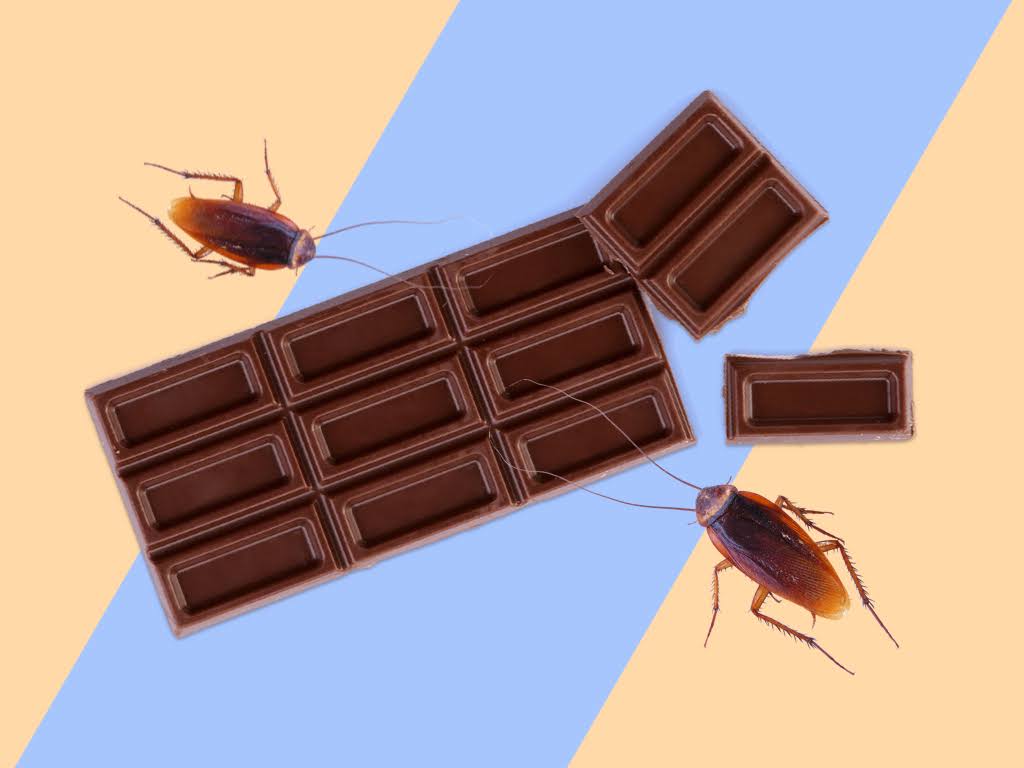2 Mins Read
Did you know that your average chocolate bar probably contains insect parts? According to the United States Food and Drug Administration, anything less than 60 insect pieces per 100 grams of chocolate – around two typical bars of store-bought chocolate – is deemed safe for public consumption.
Bugs are constantly present during the food manufacturing process, from crop production to transportation to storage. While you might think that regulators ensure that your end product is bug-free, that might not always be the case.
Part of the reason is it’s nearly impossible to prevent exposure. Bugs are abundant in our agricultural systems, and so regulations control only for excess. Under FDA guidelines, food manufacturers are legally allowed to produce food with traces of insects like cockroach parts, which are considered “natural contaminants” and is considered safe for public consumption.
What’s in your chocolate?
According to ABC News, your average chocolate bar, for instance, contains around 8 insect parts. In a 2017 study by ant and insect control company Terro, this means that chocolate lovers could be eating almost 6,000 pieces of bugs in their diets every single year.

It also means that you could be mistaken if you think that you’re having an allergic reaction to chocolate. Allergist Morton Teich at the Icahn School of Medicine at Mount Sinai said that instead, most people who experience hives, migraines, cramps, or itching after consuming chocolate are probably triggered by cockroach parts and droppings on cocoa beans.
But before you decide to ditch chocolate for good even if you haven’t experienced an allergic reaction, Teich explains that preventing bugs from infiltrating harvest would in fact require the use of more pesticides.
Consuming pesticide residue is not only more harmful to your health than bug parts, but is associated with a number of environmentally damaging impacts, including contaminating water and soil, as well as killing non-targeted plants and wildlife such as birds and fish.
FDA rules
Natural contaminants also appear in a number of common staple foods, such as pasta. Under FDA rules, pasta samples need to contain more than 225 insect fragments per 225 grams of pasta before they can be banned from supermarket shelves. This is because insects usually bite through wheat, leaving behind bits in possibly every gram of pasta you consume.
Aside from pasta and chocolate, cockroach parts are also found in popcorn, fruit, and cheese.
Teich told ABC News that it is near impossible to avoid insects in your food, and we should probably stop worrying about it or “you probably would have to stop eating completely.”
Lead image courtesy of Green Queen Media.




